Windows 10
SQL Server 2019
Python 3.9.1
Django 3.2.5
pip freeze:
asgiref==3.4.1
Django==3.2.5
django-mssql-backend==2.8.1
djangorestframework==3.12.4
pyodbc==4.0.30
pytz==2021.1
sqlparse==0.4.1
DATABASES = {
'default': {
'ENGINE': 'sql_server.pyodbc',
'NAME': 'dbForDjango',
'USER': 'sa',
'PASSWORD': 'sdf874sd21',
'HOST': 'DESKTOP-AR76KF2\SQL_SERVER',
'PORT': '',
'OPTIONS': {
'driver': 'ODBC Driver 17 for SQL Server',
},
},
}
I can run the server without any problem also py manage.py shell is
working but Django can't communicate with the database at all.
The command "py manage.py dbshell" occurs this error:
Please ignore the directory name "playingWithFastAPI", am using Django not FastAPI :)
py manage.py migrate occurs that error:

